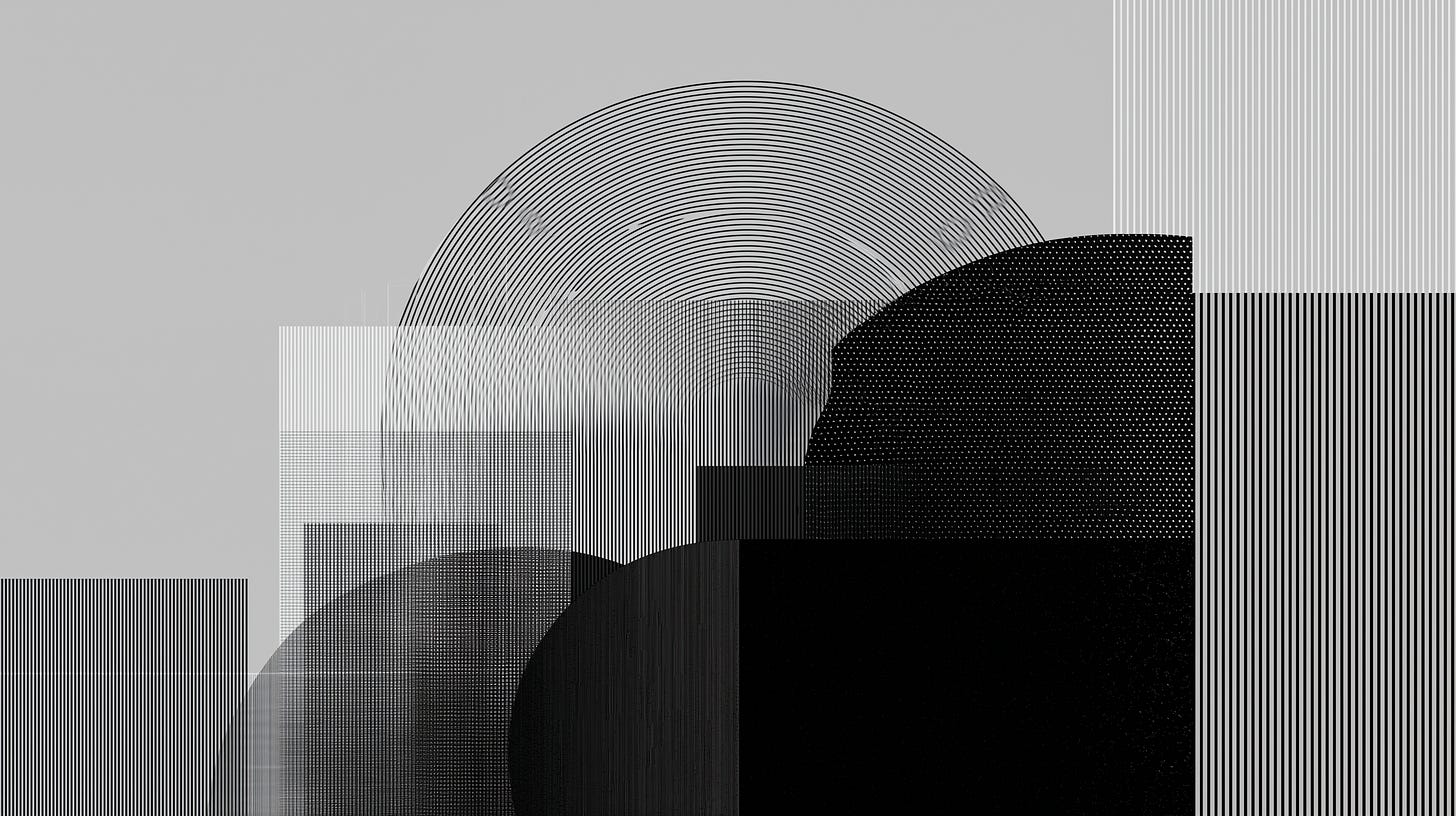The Purpose Paradox: Does AI Change Why We Create?
The problem of easy, and what if effortless creativity means meaningless creation.
With AI rapidly becoming a cornerstone of creative expression, I have consistently observed a fascinating—and, to be honest, slightly unsettling—divide. On the one hand, people who have never traditionally identified as creative now enthusiastically embrace AI tools, producing endless variations of images, videos, or texts with ease. For them, the technology feels liberating, allowing anyone to effortlessly generate something new, independent of skill. Creativity appears easy, accessible, and instant.
Meanwhile, seasoned creatives seem oddly hesitant, sometimes even paralyzed by the same technologies. As far as I can tell, this isn't due to a lack of skill or an unwillingness to adapt. Instead, many professional creatives find themselves confronted with an existential barrier rooted deeply in their process: the conviction that creativity requires purpose.
Traditionally, creativity has never been simply about making something purely aesthetically pleasing (or, intentionally not); it has been about solving problems, addressing specific needs, inciting reactions and meeting clear objectives. When faced with AI's capacity to produce limitless possibilities in moments, professional creatives find themselves staring into an abyss. Without defined constraints or a clear "why", the creative process becomes daunting rather than exhilarating.
Observing this shift brings forward essential questions about the nature of creativity itself. If the essence of professional creativity lies in intent and meaningful purpose, what happens when those elements become secondary—or even irrelevant—to the ease of generating content?
Moreover, what does this proliferation of effortless, AI-driven creations mean for the broader cultural landscape? At first glance, the explosion of creative output may seem positive. After all, isn’t more "creativity" inherently good? Yet, quantity alone doesn't guarantee quality; or, you know, resonance. In fact, the overwhelming noise of trivial, though novel, content might obscure genuinely innovative ideas that take time, reflection, and oftentimes struggle to develop.
There's another, deeper dilemma here as well. Creatives traditionally define their work around constraints. Whether these constraints come from clients, market demands, technological limitations, or self-imposed boundaries, they have always shaped creative practice. Constraints have been both the bane and the backbone of creative professionals. But AI, by virtually eliminating many of those constraints, challenges creators to reconsider their very relationship with some of the limitations they once depended upon.
Yet perhaps the most pressing question of all is whether simply creating something because you now suddenly can is sufficient justification. This new AI-driven content—which usually falls short of qualifying as, whatever one considers, design or art—adds noise to an already saturated creative ecosystem, where content has long now become its own truth. Posting about something makes it exist, even if it's a fake process about imaginary clients, or quirky montages of work (which might take significantly more time to edit than the actual work) designed primarily for attention and validation. This new reality might provide clout, but at what cost?
Even before the advent of AI, artists and creators have increasingly found themselves compelled to follow TikTok trends just to attract clients, while Instagram-ifying a brand identity process has become commonplace—often prioritizing superficial validation over genuinely enhancing the final work. Of course, while we can vilify the attention grabbing nature of social media all we like, this is nothing new. Ad agencies have for years produced case studies and showcases far more impressive than the campaigns themselves, focusing on creating more buzz off them, than caring about the actual impact of their initial goal. But could the democratization of AI-driven tools that allow anyone to create anything at any moment be the final nail in the coffin for how creative work is presented and, more importantly, perceived?
Or, perhaps, it's simply a catalyst, accelerating the pace at which we oversaturate a landscape already bursting with trivial creations, making most end results increasingly irrelevant—however "good" they are. Are we now entering the era where "anything goes" is the defining trend?
In this rapidly changing landscape, perhaps we should reflect on the good-ol' Charles and Ray Eames mantra, "Innovate as a last resort". What if the critical challenge isn't merely mastering technology but redefining our relationship with creativity itself. Is creativity valuable simply because it exists, or is its value inherently tied to its intent and impact? As we navigate this new, shifting landscape, maybe taking a second to pause and question what we create—and why we create it—might not be the worst of ideas.



